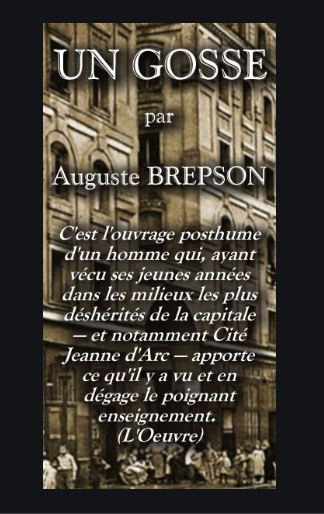Painting at the Auberge Ethchegorry (detail), the inn that occupies the site today
Reasons for the intense industrialization: The outskirt is...
The Gare d'Austerlitz railroad station,
enlarged in 1867...
was one of five stations that were deliberately built on the outskirts, to keep industry and its workers away from the center. A sixth station, the Gare d'Orsay, was linked to Gare d'Austerlitz, so that wealthy travellers coming to the International Exhibit of 1900 would not be deposited in the 13th (please scroll down).
Making things worse: Tanning on the Bièvre River, which was a stinking open sewer that was fully covered over only in the 1950's.
Zoom (please scroll down)
Zoom
Rue de Bièvre, in the central 5th, is built over the river.
The Bièvre River by Henri Coelas, at City Hall
The tanners of rue Croulebarbe by Henri Coelas, at City Hall
# # #
Evoking the gloom has made this detective story classic:
Fog on Tolbiac bridge by Léo Malet (first published 1956), illustrated by Jacques Tardi (Castermann, 1988)
"Get out of here, Belita.
Go dump your flowers wherever you like,
but get out of this place.
but get out of this place.
It will crush you, as it has others.
It stinks too much of misery, shit and misfortune."






.jpg)

























